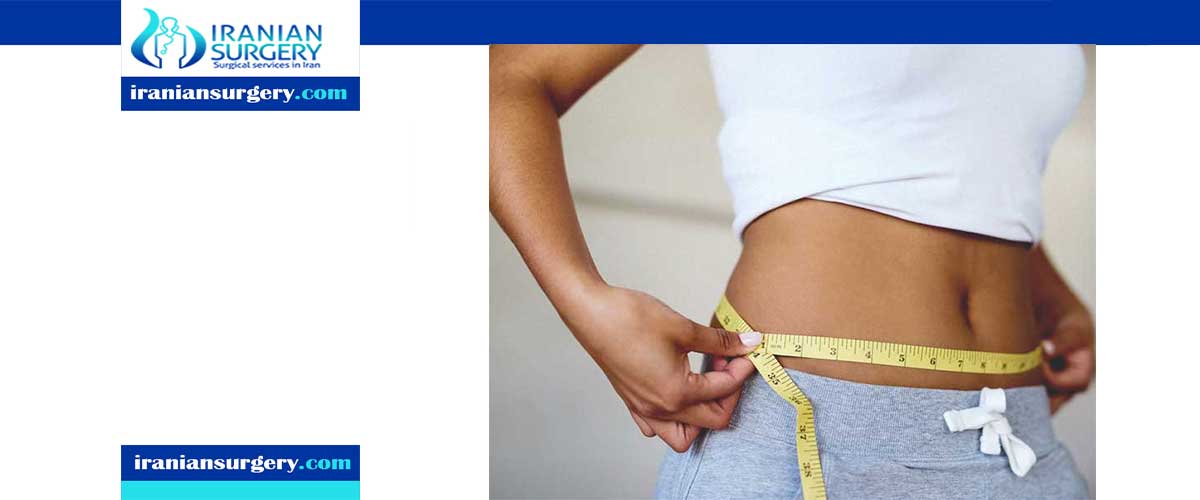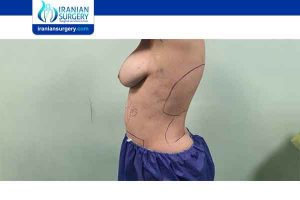Fluid shift after Liposuction

How long will swelling last after CoolSculpting?
How do you stop swelling from CoolSculpting?
Does compression help after CoolSculpting?
How to get rid of fluid after liposuction?
The volume of aspirate that can be removed safely by liposuction is limited by blood loss of 20% to 45% of aspirate associated with the dry technique. By contrast, the wet technique, which was introduced by Clayton and Hetter in the 1980 s, decreased blood loss to 4% to 30% of aspirate. However, the need for autologous blood transfusions or the potential for hypovolemia is not eliminated. Aggressive fluid resuscitation regimens and preloading were commonly used for compensation during that period.

Read more about : Liposuction Podcast with Dr. Afshan shah
Read more about : Liposuction and tummy tuck , before and after surgery videos
In 1986, Fodor advocated the superwet technique (ratio of infiltrated-to-total aspirate = 1:1) to further reduce the blood loss. Klein introduced the tumescent technique (ratio of infiltrate-to-total aspirate = 2–3:1), which is performed totally under local anesthesia using minimal or no intravenous (IV) fluid replacement, and the estimated blood loss is approximately 1% of aspirate.
The development in liposuction technology has resulted in the gradual extension of body areas treated during 1 session to meet the demands of patients. In our practice, we usually perform extensive liposuction procedures on multiple targeted sites (approximately 30% of total body surface area) in 1 session. The potential of fluid overload in extensive liposuction is a serious concern because of the increase in aspirated volume and extended targeted areas. Fluid management is controversial and governed by various formulae that have been explored by many authors. The ratio of what goes into the patient and what comes out is important. This study was designed to analyze and evaluate resuscitation parameters in extensive liposuction patients. The conclusions were based on a review of intra-operative and post-operative clinical outcomes.
Read more about : Coolsculpting
Read more about : Abdominal etching
Read more about : How to massage lumps after liposuction?
Read more about : Does fat transfer work for breast augmentation?
Read more about : Liposuction results week by week
Read more about : Maximum weight for liposuction
Read more about : How to get rid of fluid after liposuction?
In other word, Fluid management during liposuction appears to as much an art as it is a science. Because of different infiltration practices such as wet, superwet, and tumescent techniques, different fluid management guidelines are required. This has assumed greater significance as surgeons have undertaken aspirations with larger volumes (>/=4 l) and the potential complications of hypovolemia and fluid overload have materialized. In this prospective study, 580 consecutive patients underwent liposuction using an average infiltrate-to-total aspirate ratio of 0.38. For all the patients, noninvasive hemodynamic parameters were assessed to evaluate a clinically based guideline for fluid management in liposuction. The average infiltrate-to-total aspirate ratio was 0.38 +/- 0.18 (range, 0.24-0.8).
Total urine output was 1.63 ml/kg per hour (range, 1.06-3.4 ml/kg/h). The average postoperative heart rate was 92.16 beats/min, and the average postoperative mean blood pressure readings were 70.41 mmHg. The intraoperative fluid ratio, defined as the ratio of intraoperative intravenous fluid plus subcutaneous infiltrate to total aspirate, ranged from 0.98 to 2.1 (average, 1.25). The average percentage of body weight aspirated was 5.2% (range, 1.76-7.02%) This article presents a safe fluid management guideline based on experimental data from 580 patients who underwent liposuction using average infiltration-to-aspirate rates of 0.38. However, the calculated volumes from all the formulas should be viewed as educated guesses of the appropriate fluid load, and clinical judgment is essential.
Is it normal to have swollen feet after liposuction?
Read more about : Does liposuction hurt?
Read more about : Lipomatic
Read more about : what causes rippling after liposuction?
Read more about : Nerve pain after liposuction
Read more about : Bbl in Iran
Read more about : Liposuction in Iran
Read more about : Fever after tummy tuck
Read more about : Pain after liposuction flanks
Read more about : Lipomatic vs liposuction
Read more about : Can i drink alcohol after liposuction?
Read more about : Exercise after fat transfer to breast
Read more about : Long term effects of liposuction
ACCORDING TO: https://www.ncbi.nlm.nih.gov/pmc/articles/PMC6203531/
https://www.researchgate.net/publication/6703182_Fluid_Resuscitation_in_Liposuction_A_Prospective_Analysis_of_Infiltrate-to-Total_Aspirate_Ratios_Lower_Than_Used_for_the_Superwet_Technique

